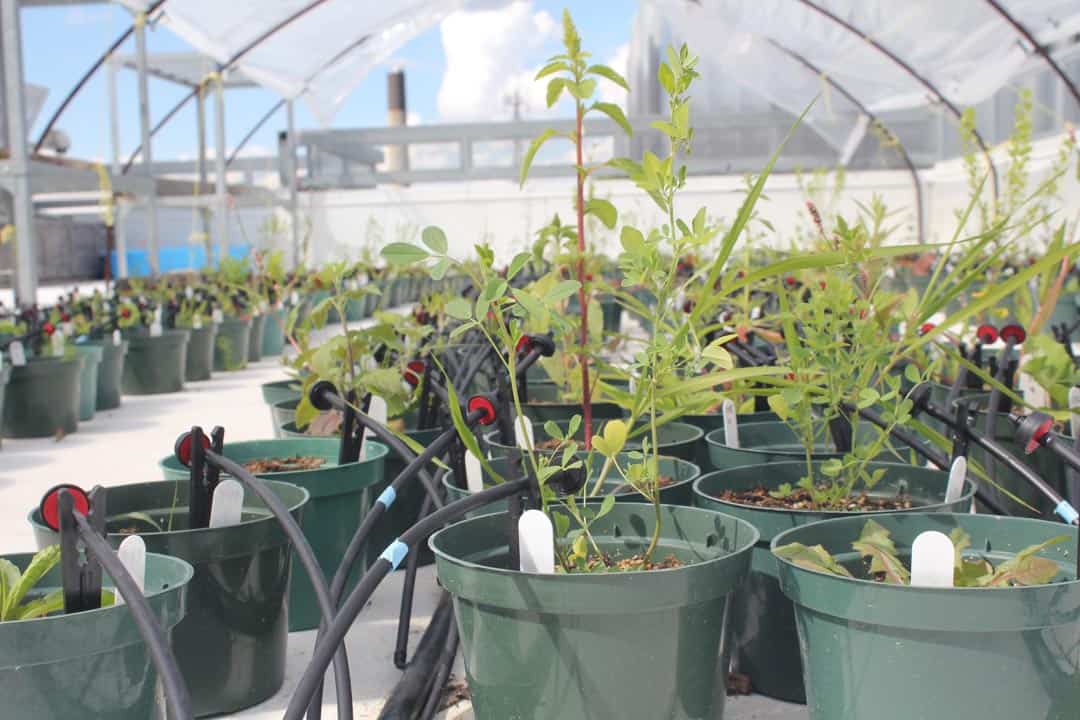When we hear the word ‘ecosystem,’ we often associate it with something we can see with our own eyes — something akin to forests teeming with flora or an array of aquatic life.
Connor Fitzpatrick, a PhD candidate at UTM, studies an ecosystem that is both familiar and vastly different than what we see: the microbiome, which is all of the genetic material associated with a collection of microorganisms in a specific area.
In a recent study led by Fitzpatrick, plant-microbiome interactions both inside and around the root — respectively dubbed the endosphere and rhizosphere — were found to contain significant differences. As root bacteria maintain plant health similar to the way bacteria do in the human gut, this finding could have implications for human disease.
Evolving microbiome research
According to Fitzpatrick, early research on host-microbiome interactions focused on microbiota living inside the human body, such as the gut, skin, mouth, or lungs. More recently, however, biologists have begun to characterize microbiomes in different environments such as “whale blow holes, deep-sea bone-eating snails, and the guts (actually more often poop) of diverse groups of animals.”
“A really intriguing picture has begun to emerge, one suggesting that much of the evolution on our planet and the ecological dynamics can be attributed to interactions with microorganisms,” wrote Fitzpatrick in an email to The Varsity.
Unfortunately, analyzing that picture raises both technical and conceptual obstacles.
“Imagine going to Robarts, shredding every single book (>4,000,000), mixing all the tiny fragments of paper in one jumbled mess, and then recreating every single book,” wrote Fitzpatrick.
Aside from computational obstacles, collecting and maintaining the integrity of sample microbial DNA prior to extracting and identifying bacteria in plant roots poses a unique challenge.
Research results
After a year of optimizing the experimental design and learning a myriad of molecular and computational skills required to obtain and analyze data, Fitzpatrick and his team were able to successfully carry out and publish their research.
They found large differences in endosphere and rhizosphere bacterial composition. Microbes found inside the root are more sensitive to their host, so differences between plant species had a greater effect on endosphere microbes.
“In a very grand sense: the root is a major interface between a plant and its external environment,” wrote Fitzpatrick. “Root microbial communities are likely playing a large role in how plants perceive their external environment and the exchange of nutrients, pathogens, and material across this interface.”
Fitzpatrick found an increase in the number of Actinobacteria in response to drought, among other changes in root microbiome composition, which varied across plant species. As a result, they concluded that root microbial communities strongly influence interactions between plant species and their tolerance to drought.
In fact, Streptomyces, the largest genus of Actinobacteria, was associated with host drought tolerance, and its relative abundance inside the root was indicative of host-specific compositional changes.
Potential applications
Research into the drought tolerance and root microbiota as a whole is especially relevant to challenges across the world. For example, integrating beneficial root microbiomes in agricultural practices could help relieve the food supply crisis.
“Plants face mounting stressors including drought, salinity, nutrient, and pathogen stress,” wrote Fitzpatrick. “[In the future] maybe we can move away from the short-lived and costly, both monetary and environmental, interventions currently in use (e.g. pesticides and fertilizer).”
Aside from ecological impacts of host-microbiome research, human microbiome research has potential applications in the curing of some diseases. For example, fecal transplants are commonly used to treat Clostridium difficile infections.
Other collaborators on the project are studying the lung microbiome in cystic fibrosis patients. Fitzpatrick has teamed up with another lab and is currently studying the causal microorganisms behind the ecological patterns his team uncovered in this study.


